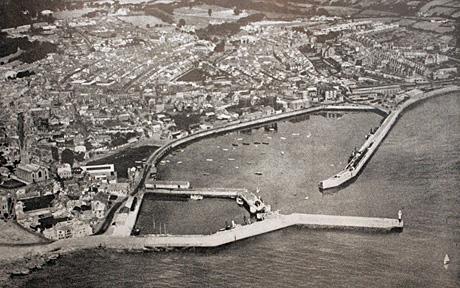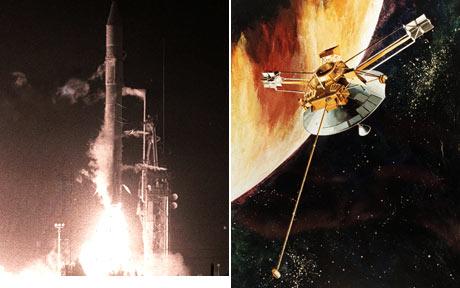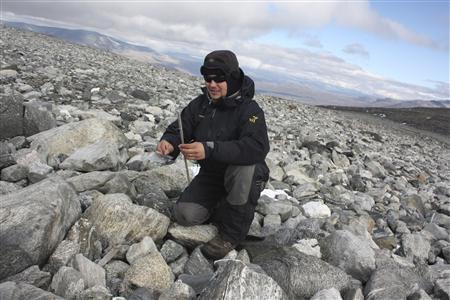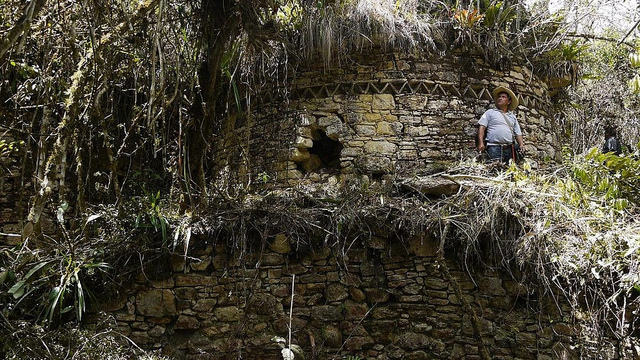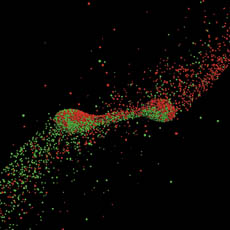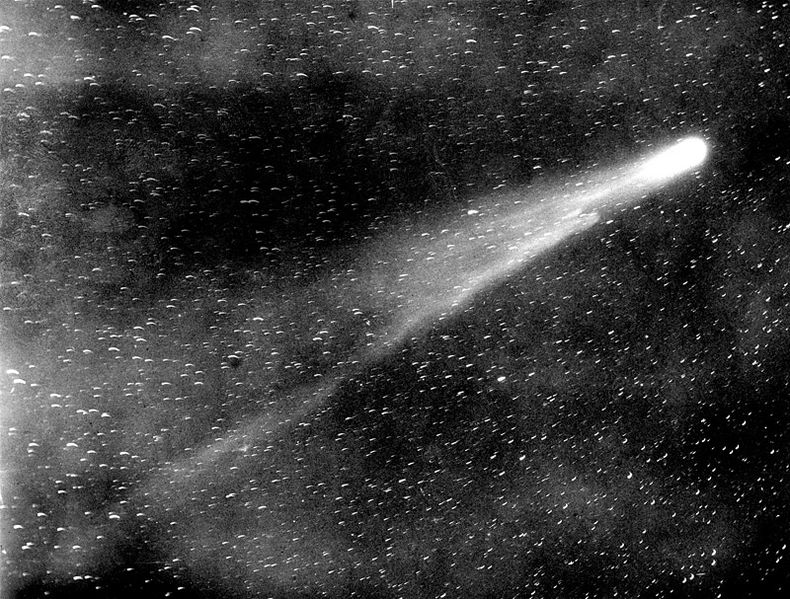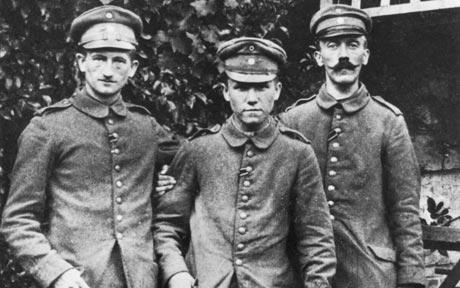
Letters and diaries revealed for the first time in a new book portray the future Nazi leader as a loner, a wimp, and an object of ridicule.
The documents published in, Hitler's First War, overturn the commonly held view that he was popular within the 16th Bavarian Reserve Infantry Regiment.
The book dispels the myth that Hitler was at the heart of a close-knit regiment with many veterans going on to form the core of the National Socialist Party.
Dr Thomas Weber, a University of Aberdeen historian, who wrote the book, also discloses that Hitler's role during the Great War was exaggerated by Nazi propaganda.
